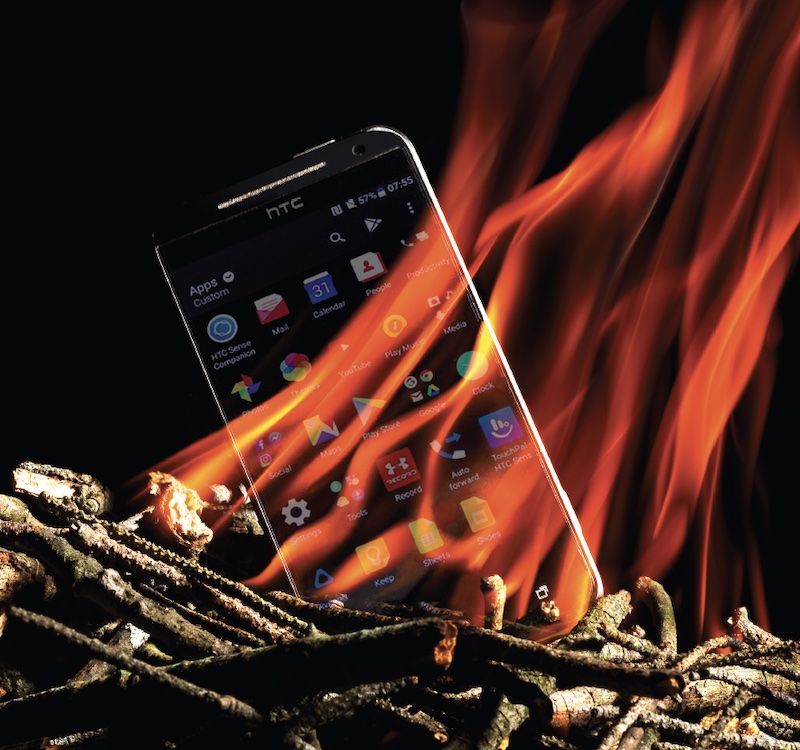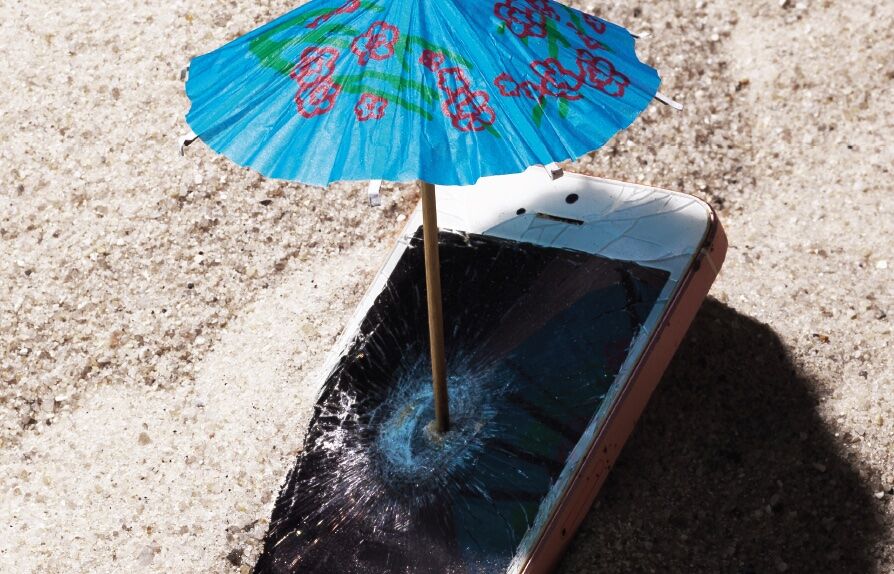This story appears in the Unplugged issue, in stores February 28 and available here.
Americans spend more waking hours on more screens to consume more media than ever before, and there’s no end in sight. Adolescents between the ages of 13-18 spend roughly nine hours each day glued to the faint glow of a phone, tablet or laptop, according to the Academy of Child and Adolescent Psychiatry. The numbers spiked higher when the pandemic forced schools to switch to remote learning. Adults haven’t fared any better. In 2020, screen time for adults rose an average of 60 to 80 percent, to a collective minimum of four hours all the way up to 10 or even 17 hours a day.
That’s why, when we travel in 2023, avoiding technology has become part of what we try to get away from — along with work, the day-to-day grind, that annoying neighbor and whatever else — since traditional media and social media eat almost eight hours of our day, every day, if not more. In fact, MarketWatch estimated Americans spend 11 hours behind a screen each day, if you count those of all sizes (e.g., a TV and your phone).
Can you live without technology while traveling? Is it even safe to completely disconnect? Or is it better to restrict, making it a tool for accessing itineraries and reading reviews, but ignoring social media? After all, it might be smart to share your location with a friend back home, especially when traveling alone. And if your phone ever gets lost or stolen, it being on is your only hope of ever finding it.
In reality, turning your phone completely off probably isn’t the best route. That is unless you’re entirely sure you’re safe and that no one would need to contact you — for any reason.
“The world has adapted to the expectation that people are always reachable by cell phone. In the old days, people would leave the name of the hotel where they were staying with friends and family in case of an emergency, but with cell phones people don’t do that as often,” says Alex Hamerstone, the advisory solutions director at TrustedSec, a security consulting company. “In that context, it is important for people that have a plan for how they will be reachable in an emergency if they plan to ignore their phone.”
Almost every back-up plan requires that your phone be on. As such, keep it on, but audit what the apps you’re most distracted by and avoid them, making the phone simply a hotline home and a map for getting around.
“A smartphone has many functions, and many are extremely helpful when traveling,” Hamerstone says. “Calling and texting are great ways to keep in touch. GPS and mapping are important for getting around. And a lot of hotels, airlines, rental car agencies and attractions have apps to make life easier.”
Your phone, after all, especially Instagram, can serve as a place for discovery, too, not just distraction. From your phone, you can pick out a place to go next and chart the most direct course, maximizing your time spent in the city you’re in. Most map apps nowadays have built-in travel guides and tourism tips, eliminating the need for your references on Instagram — and freeing up time to be present at the places you end up going.

For some, it can be hard not to cave to temptation or simply engage the muscle memory that opens your phone. Travel writer Monica Mendal suggests streamlining your device ahead of time, offloading apps you shouldn’t have access to while leaving the ones you’ll need to get around or find food (Uber, Yelp, Instagram, etc.).
“As for social media, I’m only on Instagram,” she says. “No Twitter, TikTok, etc. Instagram is a great resource for trip planning, so I’ll use it a lot ahead of a trip, but I’m definitely not scrolling through my feed much when I’m traveling. I’ll hop on to post IG stories here and there and share highlights from my trip, but a lot less mindless scrolling — which I highly recommend.”
If you keep your camera app, for example, but delete (or “temporarily offload,” as iPhone now allows) Instagram, you’re less incentivized to post right then and there. Travel blogger Alexa Renee (a.k.a. lilmsawkward) says this is also safer, especially if traveling alone. She creates a ton of video content explaining how solo travelers can see the world responsibly and on a single person’s budget.
“I never post in the moment,” she explains. “If I’m posting a location, it’s because I already left. All of my posts are delayed by several days, or I don’t even post until I come back from the trip.”
Posting is of course different from checking in with a friend about a pet they may be watching. So, if you’re worried about staying off your phone while away from home, Mendal says it’s fine to unwind with it after a day of not using it, immersed in wherever it is you are. “I’ll check it a few times a week throughout the trip, usually at the end of the day,” she says. “I won’t waste much time on my phone while I’m actually out and about.”
That’s easy, if you’re active. But to avoid the trap in stagnant moments, you don’t even need to go as far as deleting apps, like I suggested earlier: deep in an iPhone’s Screen Time settings — more people use iPhones nowadays — you can set time limits on your social media channels, blocking access to the app once you’ve spent 15 minutes on it.
You can limit its ability to notify you, too, using Downtime, which is essentially Do Not Disturb but for apps. Your phone can quiet itself in coordination with your calendar, capable of making the change as soon as you check into your hotel, for example, or when you sit down at your dinner reservation — as long as you remember to put the reservations (and an OOO message) on your calendar.




